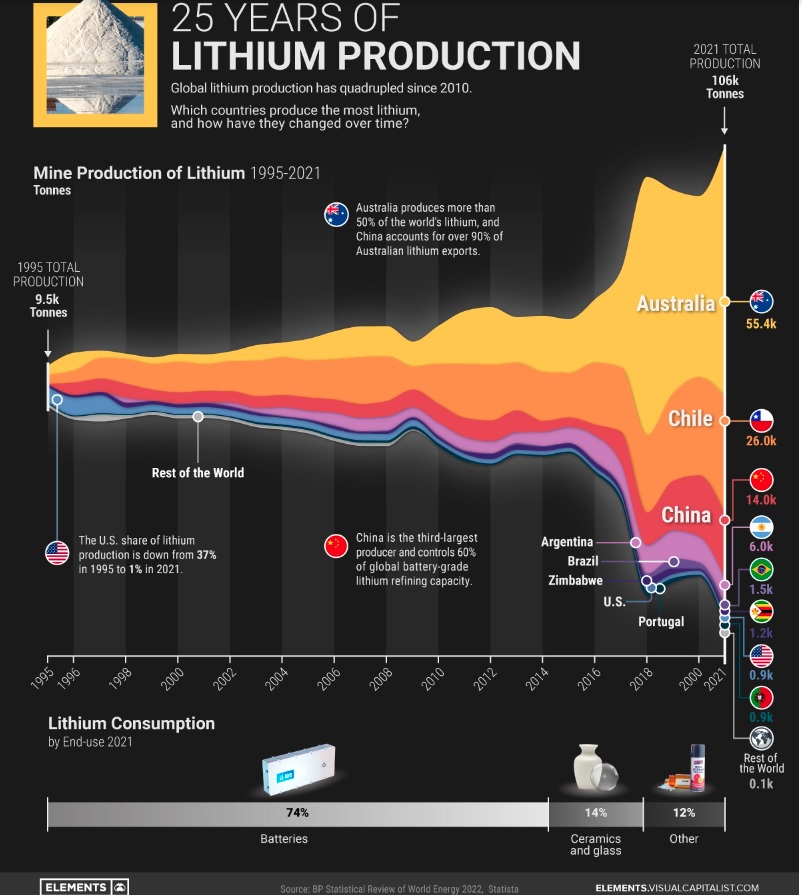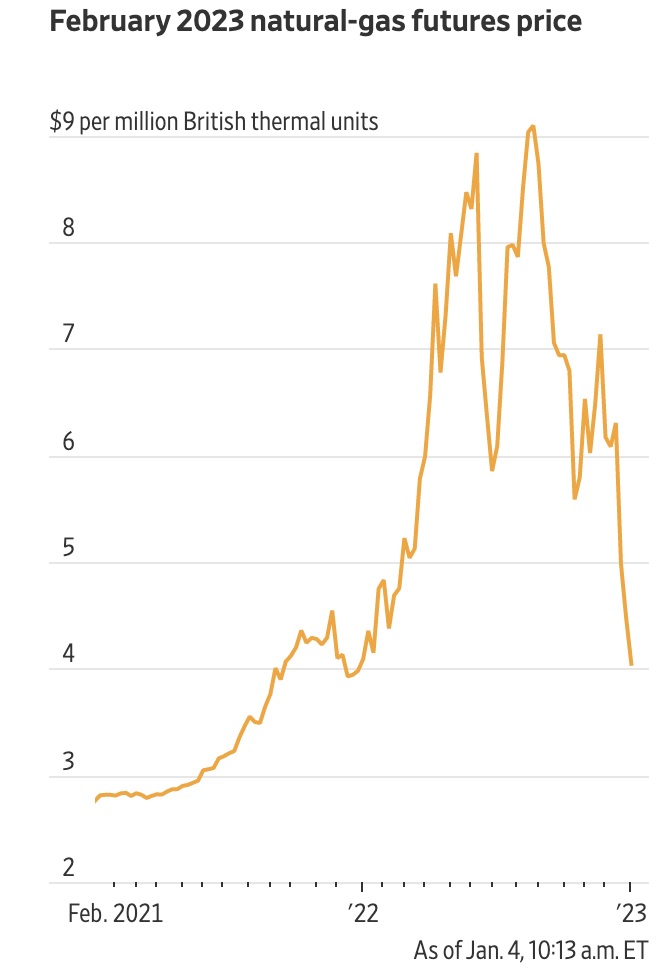We are nearing the end of the year, or at least the Gregorian calendar year, an artificially constructed structure of time. Of course, all such calendar structures are artificial in one way or another. This is front of mind because of the wonderful book we are currently reading, The Order of Time by Carlo Rovelli, a quantum gravity physicist. He notes that “The nature of time is perhaps the greatest remaining mystery.” He asks basic and yet very complex questions: “Why do we remember the past and not the future? Do we exist in time, or does time exist in us?” He states:
We conventionally think of time as something simple and fundamental that flows uniformly, independently from everything else, from the past to the future, measured by clocks and watches. In the course of time, the events of the universe succeed each other in an orderly way: pasts, presents, futures. The past is fixed, the future open…and yet all of this has turned out to be false.
He explains why time passes “faster in the mountains than it does at sea level,” how heat and time are related, and why the concepts “now” and the “present” mean nothing, at least in terms of the expanse of the universe. We admit we do not understand all his answers, as mightily as he strives to make the complex concepts in the book understandable. But we could not be more edified to try to understand them within the artificial, non-Gregorian structures of his book, which we highly recommend. It would make a great Christmas gift, if you can deliver it in time (ha!). We take the time to provide how social media is viewed internationally, which countries are most innovative and China’s Competition of Competence with the U.S. It’s this week’s International Need to Know, the quantum mechanics of international information, the Schrodinger’s cat of global data.
Whatever time it is, International Need to Know will be taking the rest of the year off, sipping eggnog and cognac, analyzing year-long data and preparing for what is likely to be a very surprising 2023. We’ll see you on January 4th.
Without further ado, here’s what you need to know.
Social Media is Not Viewed Negatively
If you are on Twitter and following the wrong people you probably think social media is a hellscape. But in many countries it is quite popular as you can see in the graphic below from Pew Global. In places as disparate as Singapore, Poland, Sweden, Israel and South Korea more than 60 percent of respondents see social media as “a good thing for democracy.” The U.S. is by far the most negative about social media. Out of curiosity we added to the right section of the chart the most popular social media platform in each country. Facebook is usually the most popular platform in these countries surveyed by Pew but not always. But Facebook is the most popular platform in Malaysia with 71 percent of respondents saying social media is a good thing for democracy and in America where 64 percent say it is a bad thing. Does this say more about Americans and Malaysians than it does about Facebook? Note that in Asia they have their own social media that are the most popular platforms.
Who is Innovative?
One of the more worrisome trends in recent years is a possible slowdown in innovation, or what the economist Tyler Cowen called The Great Stagnation. This is all the more reason to track where innovation is happening around the world which is what the World Intellectual Property Organization (WIPO—presumably an organization from whom you don’t want to steal content) does. To build the rankings WIPO looks at R&D spending, creative outputs, spending on education and more. The top line rankings are somewhat interesting with Switzerland coming in at number one for the 12th consecutive year and the U.S. now up to number two (see first table below). But it’s interesting to look at the regional and category data. China is the only upper-middle-level-income country to rank high. When looking by region, South Korea is the highest rated East Asia nation with China a close second. The underrated Chile is the only Latin American country in the top 50. But it’s behind the top African country, Mauritius. Perhaps the most important part of the report is not the rankings but the analysis of the seeming slowdown in innovation in recent years and the impacts of this slowdown. Diminished innovation is a drag on economic growth. Perhaps recent tech progress such as in AI signals an end to the slowdown and a new era of faster economic growth. Or perhaps, here on the second-shortest day of the year, it is a false dawn.
China Corner: A Competition of Competence
We’ve been saying for quite some time that the U.S. and China are in a Competition of Competence. We try to measure it in our U.S.-China Index. The Special Competitiveness Project measures it across a set of key industry sectors. As you can see in their graphic below, China leads in batteries, drones and 5G and the U.S. in five key sectors, including synthetic biology and quantum computing. Four sectors—AI, Next Gen Networks, Semiconductors, and Advanced Manufacturing— are contested. In advanced manufacturing, the analysis notes that both China and the U.S. “face workforce challenges.” The U.S. currently has higher robot density but China is automating at a much quicker rate. The study concludes, China has had “success to date in aligning venture capital with national priorities, focusing innovation actors on closing technology gaps, designating national champions, and compelling ‘military-civil fusion’ to incentivize, co-opt, and, if needed, compel private actors to support national objectives.” We’ll see how this works going forward. We are curious how the continued diversification out of China by international companies—including reports this week that for every major product Apple will have an outside China manufacturing facility—will effect this ongoing Competition of Competence.





